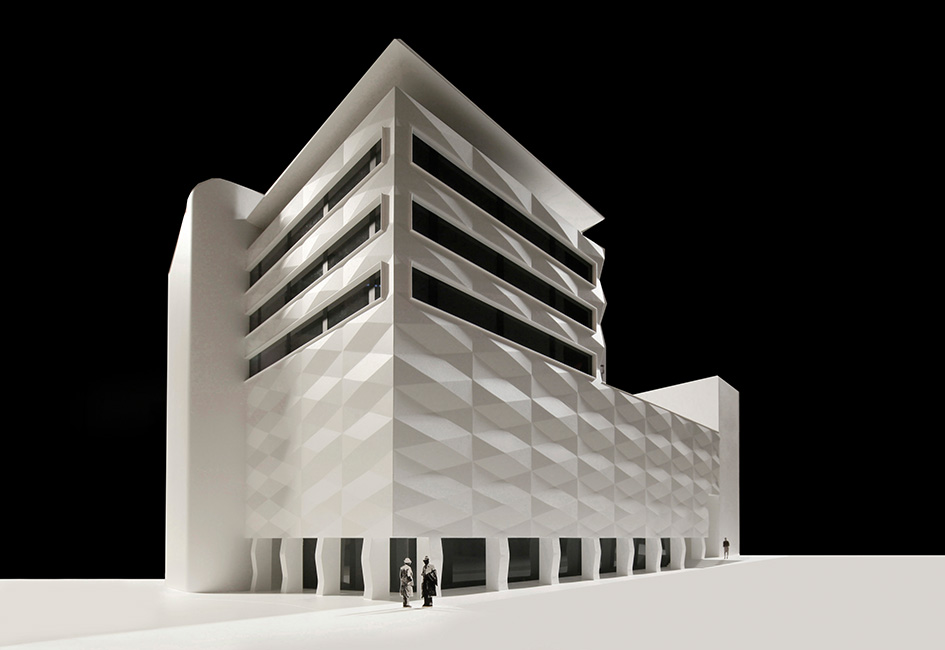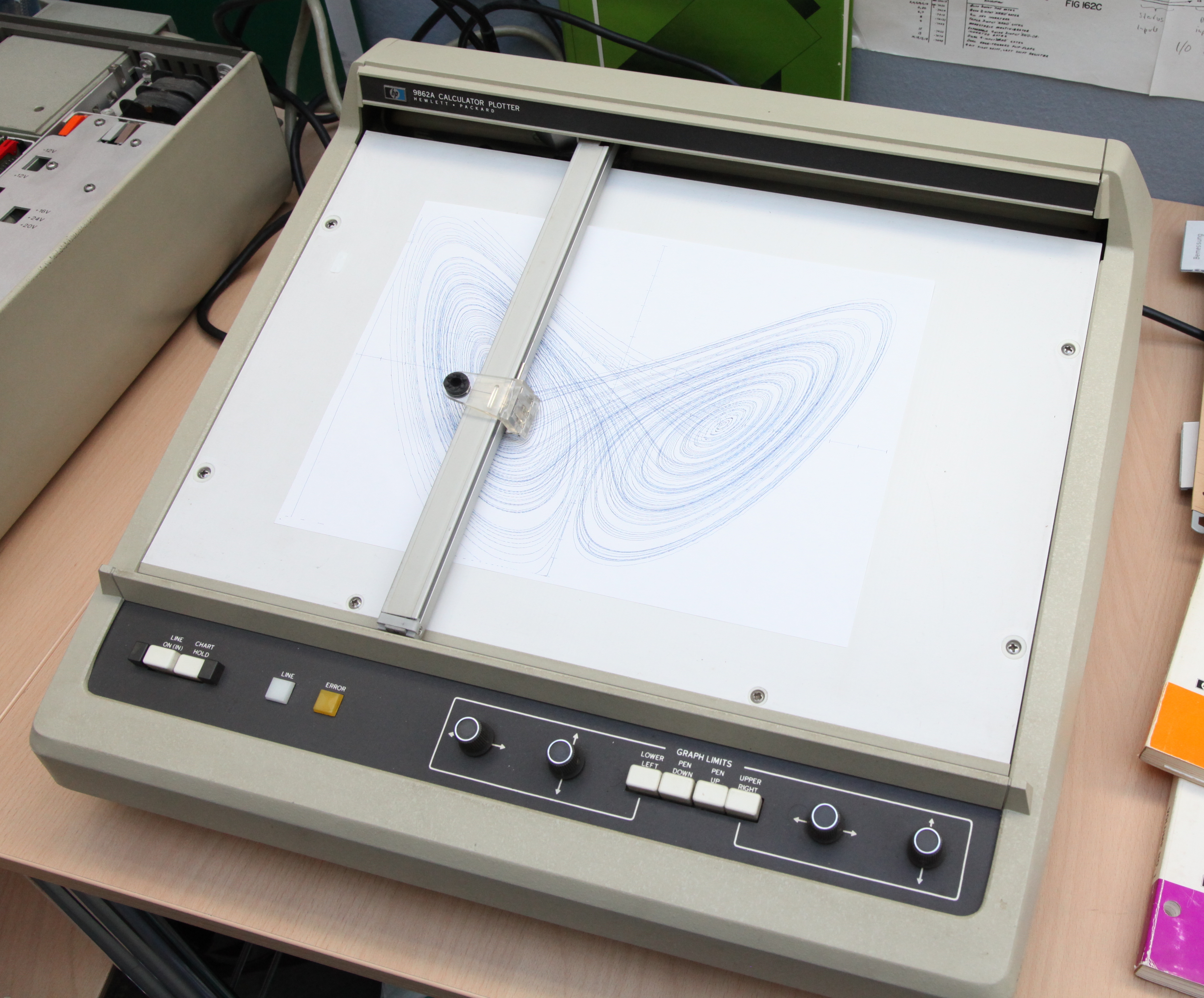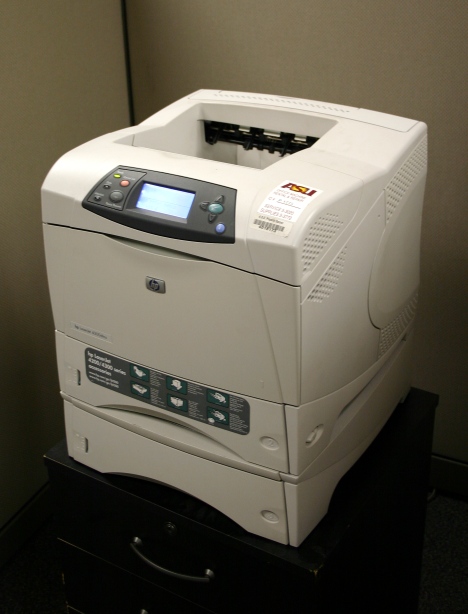|
Cardboard Engineering
Cardboard modeling or cardboard engineering is a form of modelling with paper, card stock, paperboard, and corrugated fiberboard. The term ''cardboard engineering'' is sometimes used to differentiate from the craft of making decorative cards. It is often referred to as '' paper modelling'' although in practice card is generally used. History Originally this was a form of modelling undertaken because of the low cost involved. Card, a means of cutting and glue are all that is needed. Some models are 100% card, while others use items of other materials to reinforce the model. After World War II cardboard models were promoted by a number of model companies. One company, ERG (Bournemouth) Ltd. produced a book "Cardboard Rolling Stock and How to Build It" and Superquick are still well known for their range of printed and pre-cut kits. Books of printed models to cut out and make have been around a long time. Also, specially printed cards were available from which models could be made ... [...More Info...] [...Related Items...] OR: [Wikipedia] [Google] [Baidu] |
Cardboard Model Of The Scott Monument, Edinburgh
Cardboard is a generic term for heavy paper-based products. Their construction can range from a thick paper known as paperboard to corrugated fiberboard, made of multiple plies of material. Natural cardboards can range from grey to light brown in color, depending on the specific product; dyes, pigments, printing, and coatings are available. The word ''cardboard'' has general use in English and French, but the term is deprecated in commerce and industry as not adequately defining a specific product. Material producers, container manufacturers, packaging engineers, and standards organizations, use more specific terminology. Usage statistics In 2020, the United States hit a record high in its yearly use of cardboard. Over 120 billion pieces were used that year, with around 80 percent of all the products sold in the United States being packaged in cardboard. In the same year, over 13,000 separate pieces of consumer cardboard packaging were thrown away by American households, combi ... [...More Info...] [...Related Items...] OR: [Wikipedia] [Google] [Baidu] |
Model Building
Model building is a hobby and career that involves the creation of physical models either from kits or from materials and components acquired by the builder. The kits contain several pieces that need to be assembled in order to make a final model. Most model-building categories have a range of common scale model, scales that make them manageable for the average person both to complete and display. A model is generally considered physical representations of an physical object, object and maintains accurate relationships between all of its aspects. The model building kits can be classified according to skill levels that represent the degree of difficulty for the hobbyist. These include skill level 1 with snap-together pieces that do not require glue or paint; skill level 2, which requires glue and paint; and, skill level 3 kits that include smaller and more detailed parts. Advanced skill levels 4 and 5 kits ship with components that have extra-fine details. Particularly, level 5 re ... [...More Info...] [...Related Items...] OR: [Wikipedia] [Google] [Baidu] |
Architectural Model
An architectural model is a type of scale model made to study aspects of an architectural design or to communicate design intent. They are made using a variety of materials including paper, plaster, plastic, resin, wood, glass, and metal. Models are built either with traditional handcraft techniques or via 3D printing technologies such as stereolithography, fused filament fabrication, and selective laser sintering. History The use of architectural models dates to pre-history. Some of the oldest standing models were found in Malta at Tarxien Temples. Those models are now stored at the National Museum of Archaeology in Malta. Purpose Architectural models are used by architects for a range of purposes, including: * Ad hoc or "sketch" models are sometimes made to study the interaction of volumes, different viewpoints, or concepts during the design process. They're useful in explaining a complicated or unusual design to builders. They also serve as a focus for discussion bet ... [...More Info...] [...Related Items...] OR: [Wikipedia] [Google] [Baidu] |
Paper Model
Paper models, also called card models or papercraft, are models constructed mainly from sheets of heavy paper, paperboard, card stock, or foam. Details This may be considered a broad category that contains origami and card modeling. Origami is the process of making a paper model by folding a single piece of paper without using glue or cutting while the variation kirigami does. Card modeling is making scale models from sheets of cardstock on which the parts were printed, usually in full color. These pieces would be cut out, folded, scored, and glued together. Papercraft is the art of combining these model types to build complex creations such as wearable suits of armor, life-size characters, and accurate weapon models. Sometimes the model pieces can be punched out. More frequently the printed parts must be cut out. Edges may be scored to aid folding. The parts are usually glued together with polyvinyl acetate glue ("white glue", "PVA"). In this kind of modeling, the section ... [...More Info...] [...Related Items...] OR: [Wikipedia] [Google] [Baidu] |
Net (polyhedron)
In geometry, a net of a polyhedron is an arrangement of non-overlapping Edge (geometry), edge-joined polygons in the plane (geometry), plane which can be folded (along edges) to become the face (geometry), faces of the polyhedron. Polyhedral nets are a useful aid to the study of polyhedra and solid geometry in general, as they allow for physical models of polyhedra to be constructed from material such as thin cardboard. An early instance of polyhedral nets appears in the works of Albrecht Dürer, whose 1525 book ''A Course in the Art of Measurement with Compass and Ruler'' (''Unterweysung der Messung mit dem Zyrkel und Rychtscheyd '') included nets for the Platonic solids and several of the Archimedean solids. These constructions were first called nets in 1543 by Augustin Hirschvogel. Existence and uniqueness Many different nets can exist for a given polyhedron, depending on the choices of which edges are joined and which are separated. The edges that are cut from a convex poly ... [...More Info...] [...Related Items...] OR: [Wikipedia] [Google] [Baidu] |
Paper Model
Paper models, also called card models or papercraft, are models constructed mainly from sheets of heavy paper, paperboard, card stock, or foam. Details This may be considered a broad category that contains origami and card modeling. Origami is the process of making a paper model by folding a single piece of paper without using glue or cutting while the variation kirigami does. Card modeling is making scale models from sheets of cardstock on which the parts were printed, usually in full color. These pieces would be cut out, folded, scored, and glued together. Papercraft is the art of combining these model types to build complex creations such as wearable suits of armor, life-size characters, and accurate weapon models. Sometimes the model pieces can be punched out. More frequently the printed parts must be cut out. Edges may be scored to aid folding. The parts are usually glued together with polyvinyl acetate glue ("white glue", "PVA"). In this kind of modeling, the section ... [...More Info...] [...Related Items...] OR: [Wikipedia] [Google] [Baidu] |
Vector Graphics
Vector graphics are a form of computer graphics in which visual images are created directly from geometric shapes defined on a Cartesian plane, such as points, lines, curves and polygons. The associated mechanisms may include vector display and printing ''hardware'', vector ''data models'' and file formats, as well as the ''software'' based on these data models (especially graphic design software, computer-aided design, and geographic information systems). Vector graphics are an alternative to raster or bitmap graphics, with each having advantages and disadvantages in specific situations. While vector hardware has largely disappeared in favor of raster-based monitors and printers, vector data and software continue to be widely used, especially when a high degree of geometric precision is required, and when complex information can be decomposed into simple geometric primitives. Thus, it is the preferred model for domains such as engineering, architecture, surveying, 3D r ... [...More Info...] [...Related Items...] OR: [Wikipedia] [Google] [Baidu] |
Laser Engraving
Laser engraving is the practice of using lasers to engrave an object. The engraving process renders a design by physically cutting into the object to remove material. The technique does not involve the use of inks or tool bits that contact the engraving surface and wear out, giving it an advantage over alternative marking technologies, where inks or bit heads have to be replaced regularly. It is distinct from laser marking, which involves using a laser to mark an object via any of a variety of methods, including color change due to chemical alteration, charring, foaming, melting, ablation, and more. However, the term laser marking is also used as a generic term covering a broad spectrum of surfacing techniques including printing, hot-branding, and laser bonding. The machines for laser engraving and laser marking are the same, so the two terms are sometimes confused by those without relevant expertise. The impact of laser marking has been more pronounced for specially designe ... [...More Info...] [...Related Items...] OR: [Wikipedia] [Google] [Baidu] |
Plotter
A plotter is a machine that produces vector graphics drawings. Plotters draw lines on paper using a pen, or in some applications, use a knife to cut a material like Polyvinyl chloride, vinyl or leather. In the latter case, they are sometimes known as a cutting plotter. In the past, plotters were used in applications such as computer-aided design, as they were able to produce line drawings much faster and of a higher quality than contemporary conventional printers. Smaller desktop plotters were often used for business graphics. Printers with graphics capabilities took away some of the market by the early 1980s, and the introduction of laser printers in the mid-1980s largely eliminated the use of plotters from most roles. Plotters retained a niche for producing very large drawings for many years, but have now largely been replaced by wide-format printer, wide-format conventional printers. Cutting plotters remain in use in a number of industries. Overview Digitally controlled pl ... [...More Info...] [...Related Items...] OR: [Wikipedia] [Google] [Baidu] |
Laser Printer
Laser printing is an electrostatic digital printing process. It produces high-quality text and graphics (and moderate-quality photographs) by repeatedly passing a laser beam back and forth over a Electric charge, negatively charged cylinder called a "drum" to define a differentially charged image. The drum then selectively collects electrically charged powdered ink (toner (printing), toner), and transfers the image to paper, which is then heated to permanently fuse the text, imagery, or both to the paper. As with digital photocopiers, laser computer printer, printers employ a Xerography, xerographic printing process. Laser printing differs from traditional xerography as implemented in analog photocopiers in that in the latter, the image is formed by reflecting light off an existing document onto the exposed drum. The laser printer was invented at Xerox PARC (company), PARC in the 1970s. Laser printers were introduced for the office and then home markets in subsequent years by IBM ... [...More Info...] [...Related Items...] OR: [Wikipedia] [Google] [Baidu] |
Ink-jet
Inkjet printing is a type of computer printing that recreates a digital image by propelling droplets of ink onto paper or plastic substrates. Inkjet printers were the most commonly used type of printer in 2008, and range from small inexpensive consumer models to expensive professional machines. By 2019, laser printers outsold inkjet printers by nearly a 2:1 ratio, 9.6% vs 5.1% of all computer peripherals. The concept of inkjet printing originated in the 20th century, and the technology was first extensively developed in the early 1950s. While working at Canon in Japan, Ichiro Endo suggested the idea for a "bubble jet" printer, while around the same time Jon Vaught at Hewlett-Packard (HP) was developing a similar idea. In the late 1970s, inkjet printers that could reproduce digital images generated by computers were developed, mainly by Epson, HP and Canon. In the worldwide consumer market, four manufacturers account for the majority of inkjet printer sales: Canon, HP, Epson ... [...More Info...] [...Related Items...] OR: [Wikipedia] [Google] [Baidu] |
Carton
A carton is a box or container usually made of liquid packaging board, paperboard and sometimes of corrugated fiberboard. Many types of cartons are used in packaging. Sometimes a carton is also called a box. Types of cartons Folding cartons A carton is a type of packaging typically made from paperboard that is suitable for food, pharmaceuticals, hardware, and many other types of products. Folding cartons are usually combined into a tube at the manufacturer and shipped flat (knocked down) to the packager. Tray styles have a solid bottom and are often shipped as flat blanks and assembled by the packager. Some also are self-erecting. High-speed equipment is available to set up, load, and close the cartons. Egg carton Egg cartons or trays are designed to protect whole eggs while in transit. Traditionally, these have been made of molded pulp. This uses recycled newsprint which is molded into a shape which protects the eggs. More recently, egg cartons have also been made from ex ... [...More Info...] [...Related Items...] OR: [Wikipedia] [Google] [Baidu] |






